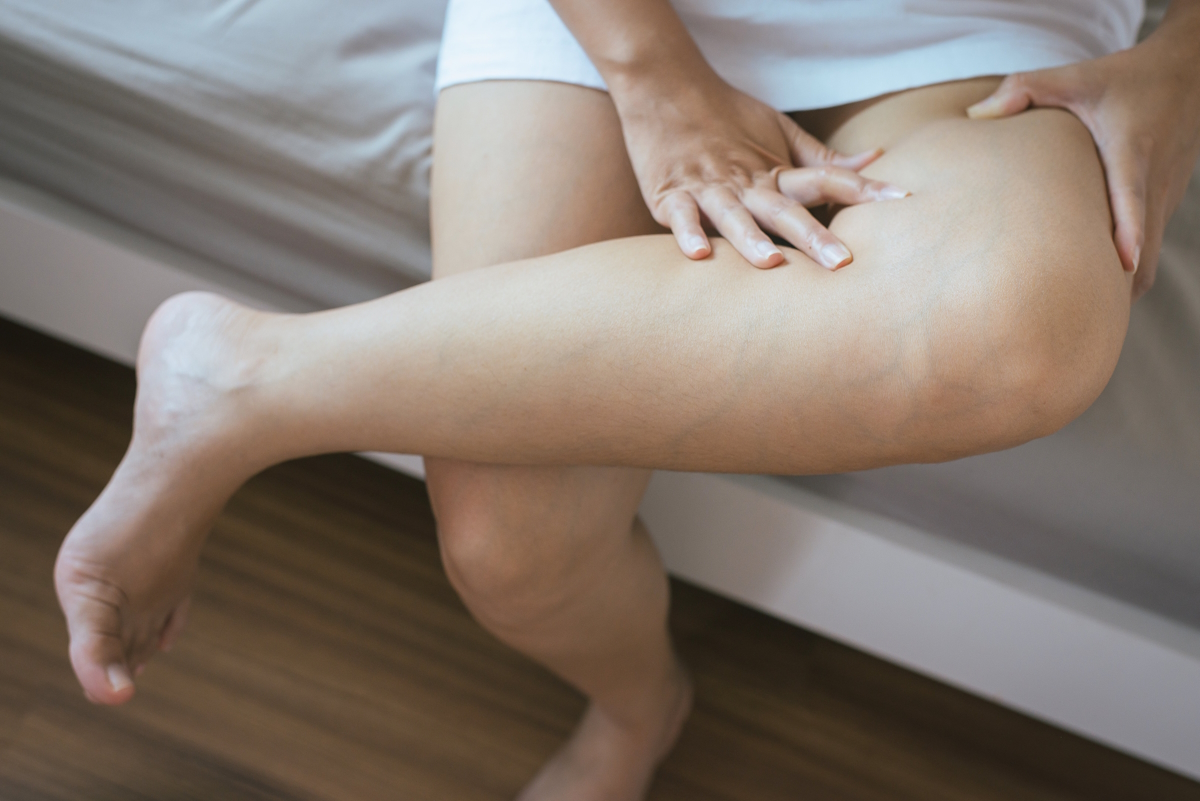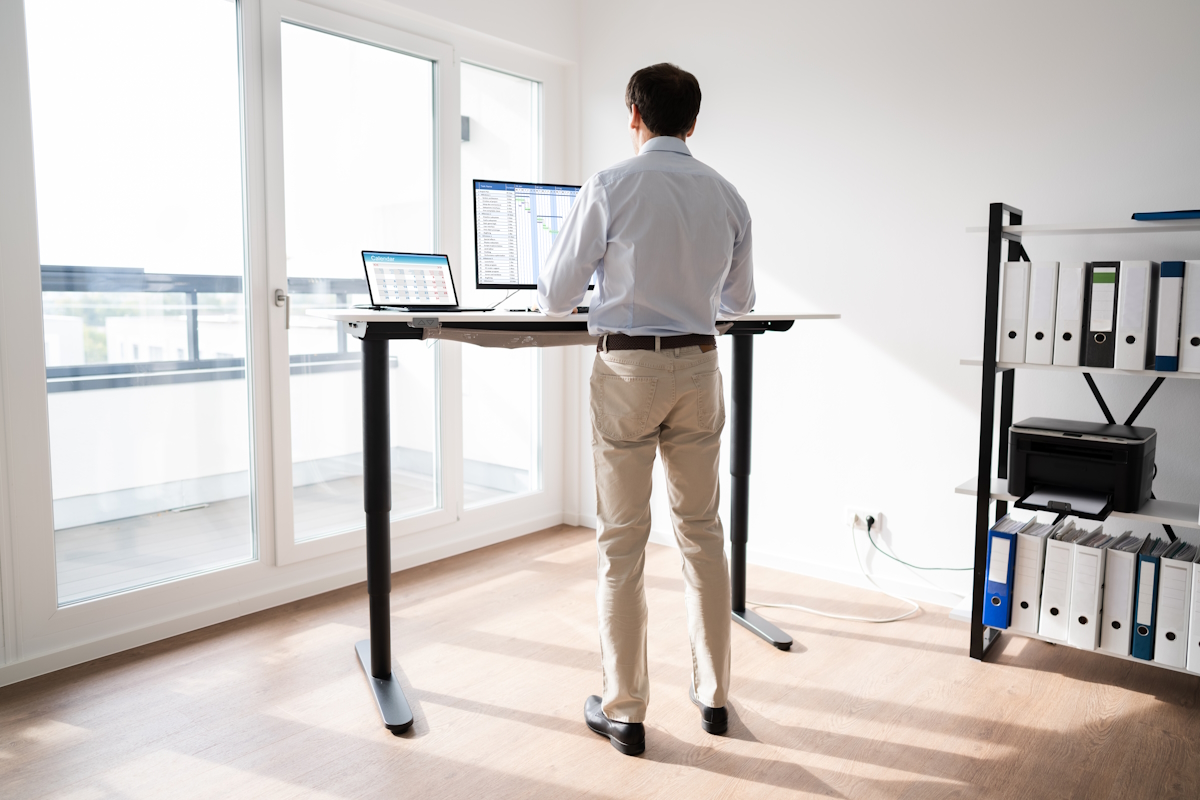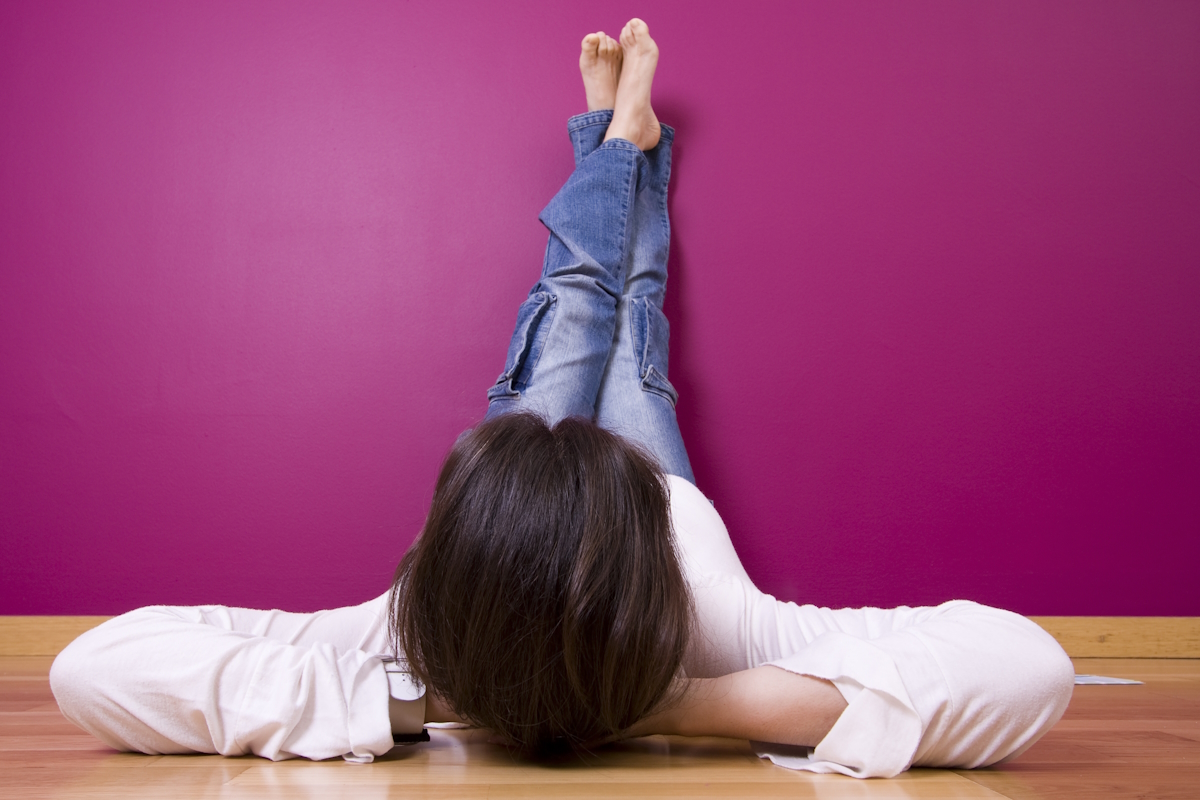How To Take Care of Your Leg Swelling at Home
Author: StrideCare Internal Team

Leg swelling can occur due to several conditions, diseases, and outside influences. A few examples include bug bites, allergic reactions, medication, injury, or standing for too long. And while this phenomenon can happen any time, it’s increasingly common as you age. In fact, more than 4 million people annually in the United States complain of some level of leg swelling—making it one of the most common health problems in the country.
While leg swelling for some people is nothing more than an annoying occurrence due to a buildup of fluid (edema), it can also indicate serious health issues related to your heart, thyroid, kidneys, or liver. Leg swelling can also signify a problem with your veins, arteries, lymphatic drainage, and/or clotting systems. It may affect only one leg, which is often a telltale sign of a serious condition called deep vein thrombosis (DVT), which is a blood clot in the deeper leg veins.
As a result, it’s important to know the difference between benign leg swelling and something more serious. Our team at StrideCare has the expertise and experience to diagnose the source of your leg swelling and recommend appropriate treatment moving forward. This includes starting with some of the best ways to take care of your leg swelling at home and then quickly moving to more specific medical treatment if the condition persists.
Enjoy Life Without These Leg Swelling Symptoms
- Swelling in one or both legs that can come and go
- Achy or heavy feeling in your legs
- Cold and numb feet
- Burning, throbbing, and itching legs
- Muscle leg cramps
- Fainting or dizziness
- Discomfort after sitting or standing for too long
- Pain in the legs when walking
- Leg skin discoloration and thickened skin
- Open sores and ulcers on your legs
Is your leg swelling vascular related? Schedule a consultation with StrideCare’s expert physicians. Our collaborative approach ensures you receive the care you need.
When Is Leg Swelling Cause for Concern?
For many people, vein disease may be causing their leg swelling. Our veins carry blood back to the heart to support many systems critical to our cardiovascular health and other functions. Everything is great when working properly. But as we age, vein valves can weaken and struggle to pump blood as efficiently as they once did. Arteries can also become diseased, which causes a buildup of plaque and other issues.
As a result, fluid accumulates in our lower body and can’t be released. And if that swelling and pressure are left to increase on the blood vessels for too long, they can cause additional complications. More than 20 million Americans suffer from vein disease—so if you have chronic leg swelling, this is a common reason.
Below are a few factors that can contribute to leg swelling:

Excessive standing or sitting – Some people experience minor swelling after being on their feet all day or sitting for long periods of time. Examples include sitting in an airplane or in a car and standing at work. Overweight individuals and pregnant women are at higher risk to experience this, but it can strike anyone.
Lymphedema – Also known as lymphatic dysfunction, lymphedema is a condition in which the lymph nodes in your body are not draining excess fluids from your tissues. As a result, leg swelling and edema can occur. In severe cases, ongoing fluid retention hardens the skin. The affected area becomes very large, and skin changes can reach the point where the patient experiences loss of function.
Varicose veins – Varicose veins affect roughly 25 million men and women in the United States. These twisted, bulging veins could be nothing more than an ugly fact of life. But many times, they cause leg swelling and are a precursor to a more life-threatening health condition—especially if you’re experiencing pain or discomfort that affects your quality of life.
Chronic venous insufficiency – This is caused by broken vein valves that no longer hold a proper seal. As a result, poor blood flow from the veins in your legs back up to your heart will cause blood to pool in your legs. This can cause a variety of issues, including leg swelling, varicose veins, cramps, skin changes, and leg ulcers.
Are There Home Remedies for Leg Swelling?
Yes. In fact, your vascular specialist may have you try conservative treatments first to see if your symptoms resolve or improve. If there is significant improvement, you may not need further intervention.
There are a variety of home remedies to consider. Here are a few:

1. Elevate your feet
Elevating your feet above your heart at least three times a day for 15 minutes each time is effective at getting gravity involved in reversing leg swelling. You can relax with your feet on a pillow. Or you can try a yoga pose. The “legs up the wall” yoga pose, also called viparita karani, involves lying on your back and pushing your legs against a wall. This can reverse the effects of gravity moving fluid toward your legs and causing swelling.
2. Compression stockings
Compression socks are stretchable, tight-fitting socks that gently squeeze your legs, feet, and ankles. They come in different weights that apply varying degrees of pressure. Compression socks help promote faster blood flow from your legs back toward your heart by gently squeezing your legs. This action also prevents fluid buildup from previously poor circulation.
You can purchase compression socks over the counter. However, wearing compression socks that are too tight can limit your blood supply and oxygenation, resulting in tissue death. Therefore, the size you wear should be based on your vascular physician’s recommendation or a professional fitting.
3. Exercise
Standing in one place or sitting for too long can increase your risk of leg swelling. When you move, the muscles in your legs force the blood and fluid up out of the muscles in your leg toward your heart. Exercises that work against gravity and are low impact—such as swimming and walking—help the body pump the fluid up from your feet and back into your upper body. When the fluid is in this area, your kidneys can eliminate it in urine.
4. Follow a low-salt diet
Sodium helps maintain the balance of fluids inside and outside of cells. However, if you overeat salt, you can increase the fluid levels inside your body. A low-salt diet means more than limiting salt intake. It requires avoiding processed foods such as deli meats, frozen dinners, and soups, which often require high amounts of salt to increase the food’s taste and shelf life.
Eating better overall and improving your diet plays a massive role in maintaining blood circulation, losing weight, and improving cardiovascular health. Options include fruits and vegetables, foods high in Vitamin C and E, and fiber-rich foods.
5. Drink water
You may think drinking fluids would aggravate a fluid retention condition. But that’s not the case. When dehydrated, your body sends signals to retain the fluid present, resulting in swelling. Staying hydrated and drinking the recommended eight to 10 glasses of water daily helps your body remove waste and maintain a healthy balance of fluids.

Are you experiencing leg swelling that’s interrupting your quality of life? Schedule a consultation with StrideCare’s expert physicians.
StrideCare Offers Solutions for Leg Swelling
If these methods do not work, see a vascular specialist for minimally invasive treatments. These are typically performed without the need for surgery, in the convenience of our offices. They are also quick and easy procedures, covered by most major medical insurance and Medicare.
We use the latest ultrasound equipment to determine the cause of your leg swelling. This allows us to get an inside look at the performance of your vascular system, and we pay close attention to every detail. Depending on your diagnosis, our team will determine the most effective leg swelling treatment option for you.
StrideCare has long been a leader in multi-specialty care for treating lower-extremity vascular and podiatric conditions. That includes our ability to perform leading-edge procedures to treat artery and vein disease and symptoms that, while minor in their earliest stages, can eventually lead to more serious and life interrupting issues. The experts at StrideCare will recommend an individualized plan to help you get the best results.
Please contact us at 866-552-4866 or complete the appointment form to schedule a consultation. We are here to help, all while providing compassionate patient care.
Prior to starting any new treatment or questions regarding a medical condition, always seek the advice of your doctor or other qualified health provider. This information is not a substitute for professional medical advice.
StrideCare serves North Texas and South Texas communities, including Houston, Sugar Land, Katy, Webster, Clear Lake, The Woodlands, Lake Jackson, San Antonio, Stone Oak, Austin, Round Rock, Bastrop, Brushy Creek, Cedar Park, Converse, Georgetown, Hutto, Kyle, Leander, Marble Falls, New Braunfels, Pasadena, Pearland, Pflugerville, San Marcos, Schertz, Bay City, Universal City, Spring, Kingwood, Stafford, Conroe, Texas City, Cypress, League City, Bellaire, Dallas, Mesquite, Addison, Arlington, Plano, McKinney, Craig Ranch, Prosper, Flower Mound, Euless, Southlake, South Dallas, Sherman, Irving, Garland, Carrollton, Rowlett, Coppell, Forney, Rockwall, and more.
*Patient stories are true. Names and/or photos may be changed to protect patient confidentiality.


